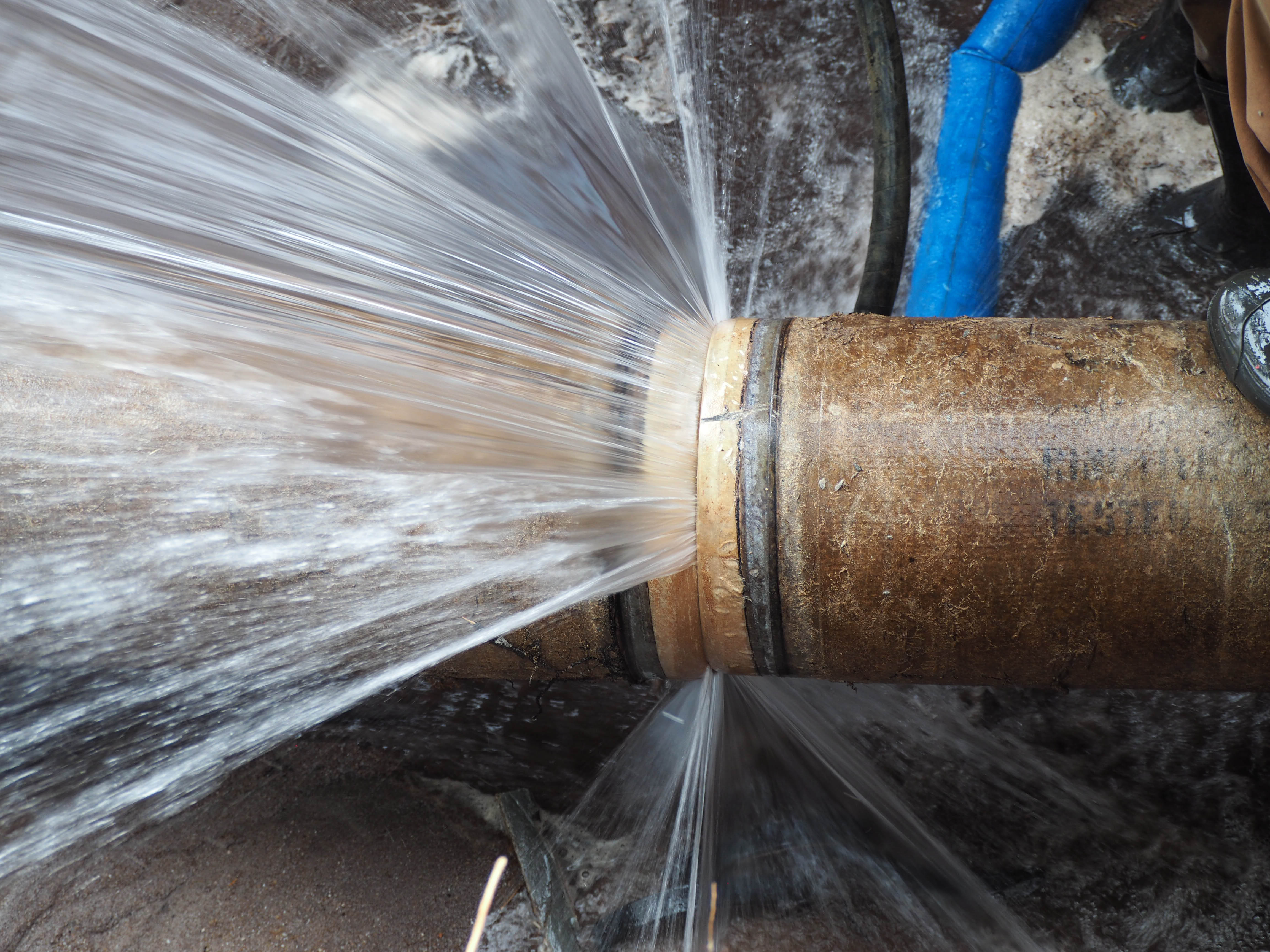Protecting Against Frozen Pipes in Winter: Critical Tips
Protecting Against Frozen Pipes in Winter: Critical Tips
Blog Article
Just how do you really feel with regards to Winter Plumbing Precautions: Preventing Frozen Pipes?

Cold weather can ruin your plumbing, particularly by freezing pipes. Right here's just how to stop it from taking place and what to do if it does.
Intro
As temperature levels drop, the risk of icy pipelines rises, potentially leading to pricey repairs and water damage. Recognizing how to stop icy pipelines is crucial for home owners in chilly climates.
Comprehending Icy Pipes
What creates pipelines to ice up?
Pipelines freeze when exposed to temperature levels below 32 ° F (0 ° C) for extended durations. As water inside the pipes ices up, it expands, taxing the pipeline wall surfaces and potentially causing them to burst.
Dangers and damages
Icy pipes can result in water interruptions, residential or commercial property damage, and expensive fixings. Ruptured pipes can flooding homes and cause comprehensive structural damage.
Indicators of Frozen Pipes
Identifying icy pipelines early can avoid them from rupturing.
Exactly how to recognize frozen pipes
Try to find lowered water circulation from faucets, uncommon smells or noises from pipelines, and visible frost on exposed pipelines.
Avoidance Tips
Shielding susceptible pipelines
Wrap pipes in insulation sleeves or use warm tape to protect them from freezing temperature levels. Concentrate on pipelines in unheated or external areas of the home.
Heating techniques
Keep interior spaces appropriately warmed, especially locations with plumbing. Open up cabinet doors to enable cozy air to flow around pipes under sinks.
Shielding Outdoor Plumbing
Garden pipes and outdoor taps
Detach and drain pipes garden tubes before winter. Set up frost-proof spigots or cover outdoor taps with shielded caps.
What to Do If Your Pipelines Freeze
Immediate activities to take
If you think icy pipes, keep taps open up to relieve pressure as the ice melts. Use a hairdryer or towels taken in hot water to thaw pipes slowly.
Long-Term Solutions
Architectural adjustments
Consider rerouting pipelines far from exterior wall surfaces or unheated areas. Include added insulation to attics, cellars, and crawl spaces.
Upgrading insulation
Purchase premium insulation for pipelines, attics, and walls. Correct insulation aids maintain regular temperature levels and lowers the risk of icy pipes.
Conclusion
Stopping frozen pipelines needs positive measures and fast actions. By understanding the reasons, indicators, and safety nets, house owners can protect their plumbing throughout cold weather.
5 Ways to Prevent Frozen Pipes
Drain Outdoor Faucets and Disconnect Hoses
First, close the shut-off valve that controls the flow of water in the pipe to your outdoor faucet. Then, head outside to disconnect and drain your hose and open the outdoor faucet to allow the water to completely drain out of the line. Turn off the faucet when done. Finally, head back to the shut-off valve and drain the remaining water inside the pipe into a bucket or container. Additionally, if you have a home irrigation system, you should consider hiring an expert to clear the system of water each year.
Insulate Pipes
One of the best and most cost-effective methods for preventing frozen water pipes is to wrap your pipes with insulation. This is especially important for areas in your home that aren’t exposed to heat, such as an attic. We suggest using foam sleeves, which can typically be found at your local hardware store.
Keep Heat Running at 65
Your pipes are located inside your walls, and the temperature there is much colder than the rest of the house. To prevent your pipes from freezing, The Insurance Information Institute suggests that you keep your home heated to at least 65 degrees, even when traveling. You may want to invest in smart devices that can keep an eye on the temperature in your home while you’re away.
Leave Water Dripping
Moving water — even a small trickle — can prevent ice from forming inside your pipes. When freezing temps are imminent, start a drip of water from all faucets that serve exposed pipes. Leaving a few faucets running will also help relieve pressure inside the pipes and help prevent a rupture if the water inside freezes.
Open Cupboard Doors
Warm your kitchen and bathroom pipes by opening cupboards and vanities. You should also leave your interior doors ajar to help warm air circulate evenly throughout your home.

I recently found that review on Winter Plumbing Precautions: Preventing Frozen Pipes while doing a lookup on the internet. Do you know about another individual who is sincerely interested in the topic? Be sure promote it. I praise you for being here. Don't hesitate to check up our blog back soon.
Schedule Now! Report this page